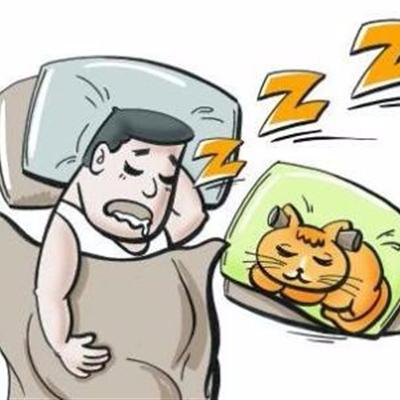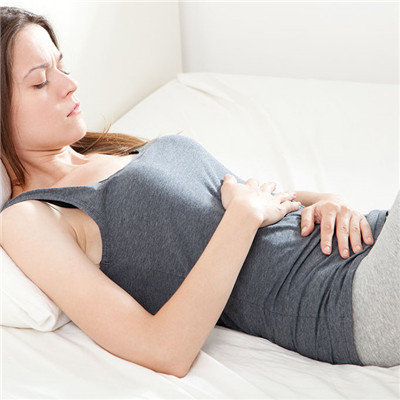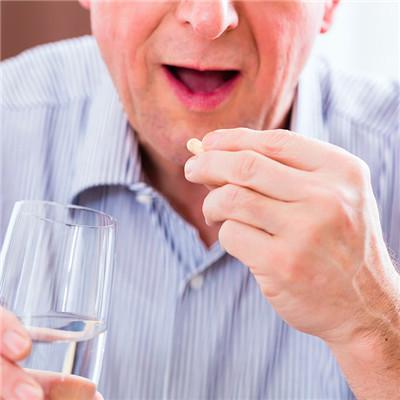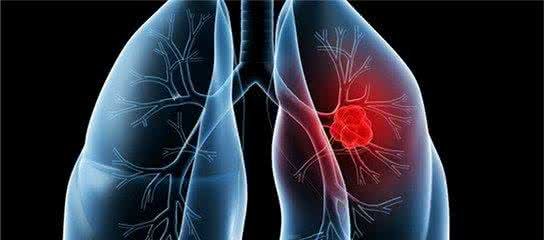What does the Ladybird eat
summary
Coccinella septempunctata adults can prey on cotton aphid, wheat aphid, cowpea aphid, cabbage aphid, corn aphid, Sorghum Aphid, aphid, spider mite, whitefly, corn borer, cotton bollworm and other larvae and eggs. What does the Ladybird eat.
What does the Ladybird eat
First: distribution areas of Coccinella septempunctata: in Beijing, Liaoning, Jilin, Heilongjiang, Hebei, Shandong, Shanxi, Henan, Shaanxi, Jiangsu, Zhejiang, Shanghai, Hubei, Hunan, Jiangxi, Fujian, Guangdong, Sichuan, Yunnan, Xinjiang, Tibet, Inner Mongolia and other places, it is often found in farmland, forest, gardens, orchards and other places.
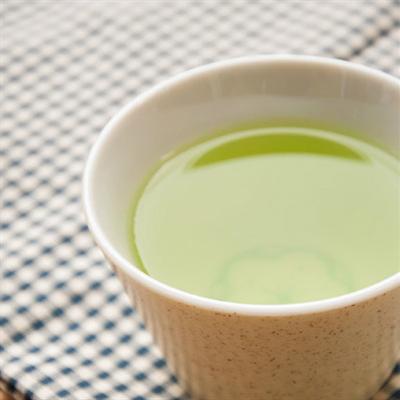
Second: generally in spring, once the temperature rises above 10 ℃, the overwintering ladybird will wake up and begin to move. It can be found on wheat and rape plants. In summer, with the increase of temperature and food, Coccinella septempunctata propagates in large numbers. Coccinella septempunctata can be found in plants with aphids and scale insects, such as cotton, willow, Sophora japonica, elm, beans, etc.
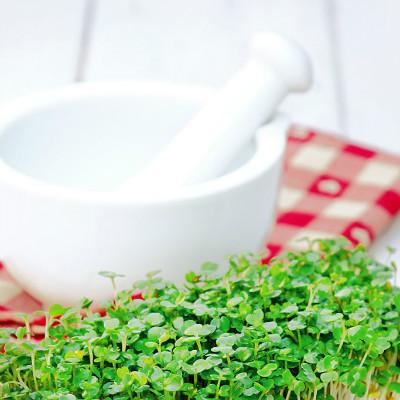
Third: artificial feeding Coccinella septempunctata, you can go to the field to collect natural feed - aphids, but this method is labor-consuming, sometimes not easy to pick. Therefore, a large number of aphids were cultured artificially to meet the needs of Coccinella septempunctata. Aphids can be cultivated artificially with broad bean seedlings. When the separated faba bean seedlings grow 3-4cm high, a small amount of aphids collected in the field are put on the soybean seedlings and cultured for 10-15 days at room temperature of 20-30 ℃ and relative humidity of 60% - 70%. The aphids can reproduce in large quantities. At this time, the aphids can be used as the fodder for Coccinella septempunctata.
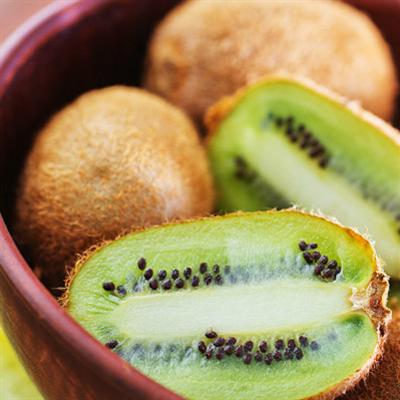
matters needing attention
Put seven star ladybird in a glass bottle, pad a piece of grass paper at the bottom of the bottle, and put a small cap of wet medicine cotton ball on the paper to keep the humidity in the bottle. Put gauze on the bottle mouth and fasten it with a rubber band. One or two pairs of Coccinella septempunctata can be put into each bottle and fed once a day. They can live normally and reproduce.



